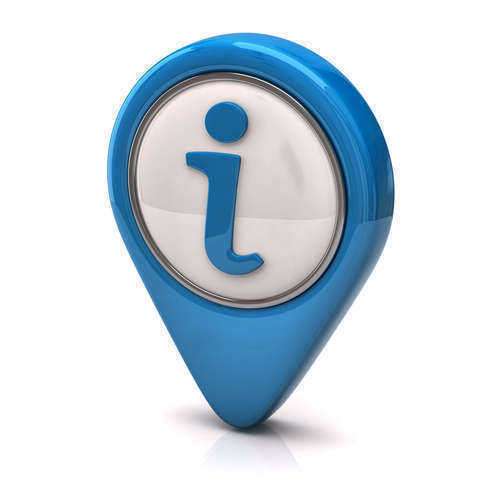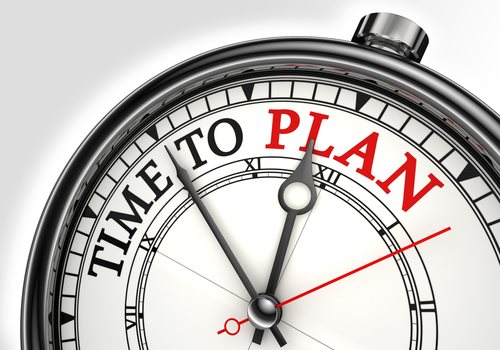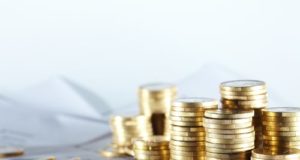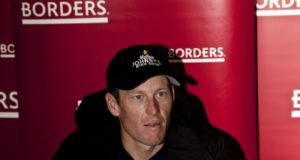Understanding The Iraqi Dinar Exchange Rate

What is the Iraqi Dinar Exchange Rate?
The Iraqi Dinar Exchange Rate is the rate of valuation applicable to the Iraqi Dinar, which is the official monetary system in place within the Iraq; currently, there exists no definitive Iraqi Dinar Exchange Rate on the FOREX Market, which is also referred to as the ‘Foreign Exchange Marketplace’.
However, a variety of countries and nation employ the circulation of the Dinar as the primary form of currency within the borders of their respective countries. While certain countries may allow for the facilitation of foreign Dinar with regard to commercial activity, other countries may not accept foreign Dinar as adequate means of currency.
Types of Dinar Exchange Rates
Within the realm of the FOREX Market, each individual Dinar corresponds with an abbreviated moniker, which not only allows for the identification of a specific Dinar Exchange Rate, but also its distinction from other Dinars in circulation:
1. Algerian Dinar Exchange Rate
FOREX Abbreviation: DZD
Country of Origin: Algeria
2. Bahraini Dinar Exchange Rate
FOREX Abbreviation: BHD
Country of Origin: Bahrain
3. Iraqi Dinar Exchange Rate
FOREX Abbreviation: IQD – though, not traded on FOREX
Country of Origin: Iraq
Notes: There currently exists no Iraqi Dinar Exchange Rate
4. Jordanian Dinar Exchange Rate
FOREX Abbreviation: JOD
Country of Origin: Jordan
Additional Countries Who Recognize the Dinar: Certain Palestinian Territories in West Bank
5. Kuwaiti Dinar Exchange Rate
FOREX Abbreviation: KWD
Country of Origin: Kuwait
6. Libyan Dinar Exchange Rate
FOREX Abbreviation: LYD
Country of Origin: Libya
7. MacedoniaDinar Exchange Rate
FOREX Abbreviation: MKD
Country of Origin: Republic of Macedonia
8. Serbian Dinar Exchange Rate
FOREX Abbreviation: RSD
Country of Origin: Serbia
9. Tunisian Dinar Exchange Rate
FOREX Abbreviation: TND
Country of Origin: Tunisia
How to Determine the Dinar Exchange Rate
In the event that an individual wishes to determine the Dinar Exchange Rate in conjunction to another form of currency, they can go about this procedure in a variety of ways; however, the utilization of a Currency Exchange Calculator offering the Dinar Exchange Rate may be the most convenient and accurate method – individuals are encouraged to employ these types of calculation tools that are accredited or sponsored by the governing bodies or financial departments maintaining jurisdiction over that respective type of Dinar:
Step 1
Upon arriving at a Currency Exchange Converter or Calculator, individuals will be prompted to locate both the respective Dinar – represented by a FOREX symbol – as well as the corresponding currency involved; as stated above, the Iraqi Dinar is not currently traded on the FOREX Market, and as a result, an Iraqi Dinar Exchange Rate does not exist
Step 2
The individual may be prompted to enter an amount of units for which the desired exchange is applicable; however, certain Dinar Exchange Rate calculators will simply provide an exchange rate on a single-unit basis – and example of this can be illustrated in 2 ways:
Individuals in possession of Dinars interested in undergoing Dinar Exchange Rate investigation may be prompted to enter the FOREX abbreviation as the first currency, and the desired exchange currency as a secondary entry
Individuals desiring to acquire respective Dinars may be prompted to enter their native currency as the first entry, and the individual DINAR as the second entry – with regard to single-unit conversion calculators, an individual will be limited to view the Dinar Exchange Rate on a single-unit basis
Step 3
Upon completing the entry procedure, the results of the Dinar Exchange Rate with regard to the respective currency in possession will be illustrated.





























